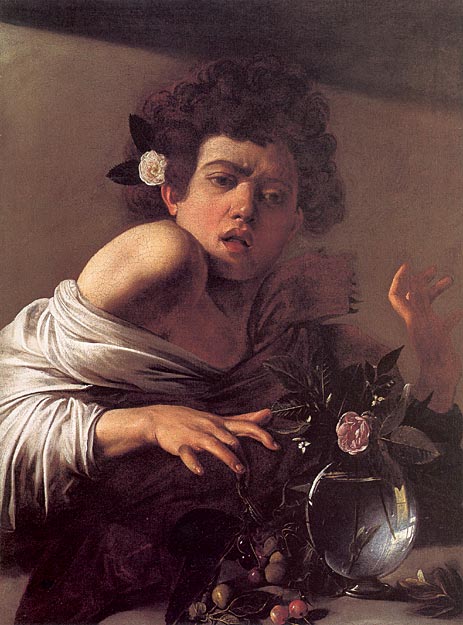“Fabric of Vision”, the main event at the National Gallery this summer, is based on such a strong and simple theme – fabric and fashion in painting – that it seems odd no one has thought of making an exhibition about it before. The show is the brainchild of the prominent American historian of art and costume, Anne Hollander, who describes the project as her attempt to “trace an uneven path through one part of the huge realm of painted folds and clothes.” The paintings are drawn not only from the National Gallery’s own collection but also from museums and galleries throughout Europe and America, and arranged under headings with titles such as “Sensuality, Sanctity, Zeal” (covering clothes, sex and religion in seventeenth-century painting) or “Restraint and Display” (the contrast between quiet male clothing and loud female fashions, as shown in nineteenth-century art). Despite its unashamed didacticism and faint aura of academic thesis-making, the exhibition’s primary appeal is likely to lie in a bit of good old-fashioned titillation. As well as offering an interesting and informative potted history of western fashion – showing for example how the doublet-and-hose peacock finery of male dress during the Renaissance evolved, through the Enlightenment and beyond, into the democratically inspired sartorial restraint of the suit – Hollander’s exhibition also and more piquantly explores the invention and development of what we now know as sex appeal.
But its story starts in church, during the early Renaissance, when the impulse to paint covetably fine drapery and clothing received fresh impetus. As textile manufacture and import/export businesses flourished across Italy, new fabrics came on to the market: different types of satin and brocaded satin, silks from the East that might show two colours at once, rich damasks and fabric shot with metallic thread. In looking at...


